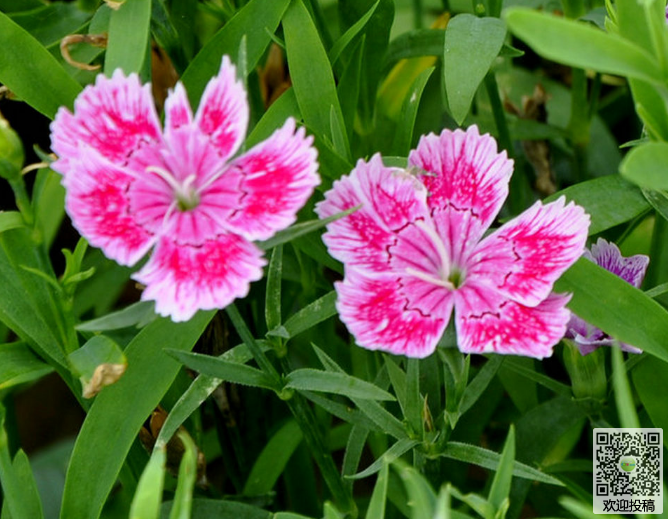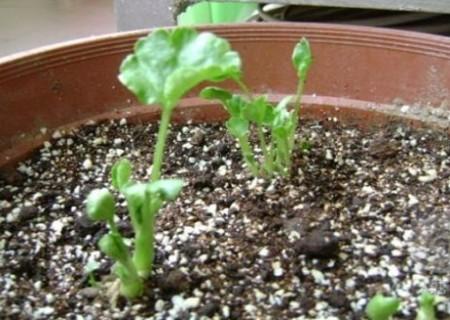Matters needing attention in the Culture of Suzuki
There are obvious changes in the four seasons of Suzuki. Spring flowers, summer stones, autumn dew and winter dryness add color to the season. Beautiful tree shape, bright color, fast growth and strong adaptability. It is an excellent landscaping tree species, but what matters should be paid attention to when propagating? Let's take a look at the matters needing attention in the planting of Suzuki.

Matters needing attention in the cultivation of Suzuki
1, temperature
Generally speaking, this kind of plant is most suitable for growing at 23 to 30 degrees, and can not adapt to the cold season very well, so many people grow it in the south of China.
2, lighting
The plant needs a lot of light during its germination, but if the plant is planted in a greenhouse, the growth of the seedlings may weaken due to lack of ventilation and ventilation, and then be replaced by disease. Therefore, after the seeds germinate and the leaves grow, it is necessary to ensure that the degree of shielding of the culture environment does not exceed 50%, and that the environment is ventilated.
3. Soil
In order to plant large seedlings, some loose and fertile soil should be selected, and the soil should have good filling or drainage capacity. These cultivated soils should be divided into good ditches for drainage and irrigation, with about 3000 plants per mu.
4. Flower fertilizer
Before planting, some flower fertilizers should be buried in the soil as base fertilizers, which should be fully mixed with the soil and then planted.
5. Binding
Because this plant grows very fast during its budding, its main branches are very soft and easily fall by the wind, so the shape of naturally growing plants is often less attractive. If you want a taller and taller plant, you should insert a 2-meter-high bamboo behind the seed to support the plant when the seedlings grow to 30 to 50 centimeters tall. It can stand upright. Seedlings should grow every 50 centimeters.
6, trim
Prune plants regularly during growth, cut off relatively low-length branches that grow from the sides, and cut them once after falling leaves in winter.
Control measures of Diseases and insect pests of Camellia oleifera
1. Coffee wrinkled tinea pectoris pest
Coffee wrinkled chestnut is a beetle and one of the most common pests of Camellia oleifera. Generally speaking, it is necessary to check the yellow flower Suzuki three times a year in order to detect beetle damage in time.
If you check whether the yellow Suzuki is infected by beetles, you must cut the affected part with a sharp weapon, and then you can find young eggs or insects in it. At this point, it is necessary to remove the pests, then dry and fill the cut bark in order to restore the plant.
Another simple way is to inject insecticides into the bark of insects when beetles are found to be infected, and can kill beetle larvae.
two。 The disease of leaf spot.
Whenever the spring heats up, everything begins to sprout, but the yellow-flowered Campanula is disturbed by leaf spots. Leaf spot is a disease that most plants will suffer from. When you encounter this disease, don't worry, there are some ways to treat it.
In general, the treatment of leaf spots, and then spraying flowers, so that it can be treated and controlled, or can use relatively strong pesticides, have a great impact on the disease, can be sprayed several times in a row.
Daily maintenance
It grows fastest in a climate of 25 to 30 degrees, and is not suitable for growing at cold temperatures, so be sure to maintain a suitable climate, otherwise it can easily lead to slow growth. Secondly, planting soil needs to choose loose and relatively strong soil, and then some fertilizers can be added as base fertilizer to promote its rapid development. It can be properly pruned during the growing season, which helps to make other branches and help beautify them.
Time: 2019-05-14 Click:
- Prev

How to maintain the carnation before and after flowering
The species of carnation is low, the stem is similar to bamboo, the leaves are green, the natural flowering period is from May to September, from spring to Mid-Autumn Festival, greenhouse potted plants can blossom for four seasons, very beautiful, but many people are different from how to keep it blooming before and after flowering, and then take the maintenance method before and after flowering. The fresh-keeping method of carnation 1. Moisturizing
- Next

When will the buttercup be sown?
When will buttercups be sown? How to sow seeds? Ranunculus is a perennial herb with not only single but also double petals and rich color. In addition to culm corm culture, seed sowing can also be used to cultivate seedlings. So, when will buttercups be planted? Buttercups are usually sown in the spring of October
Related
- Fuxing push coffee new agricultural production and marketing class: lack of small-scale processing plants
- Jujube rice field leisure farm deep ploughing Yilan for five years to create a space for organic food and play
- Nongyu Farm-A trial of organic papaya for brave women with advanced technology
- Four points for attention in the prevention and control of diseases and insect pests of edible fungi
- How to add nutrient solution to Edible Fungi
- Is there any good way to control edible fungus mites?
- Open Inoculation Technology of Edible Fungi
- Is there any clever way to use fertilizer for edible fungus in winter?
- What agents are used to kill the pathogens of edible fungi in the mushroom shed?
- Rapid drying of Edible Fungi

